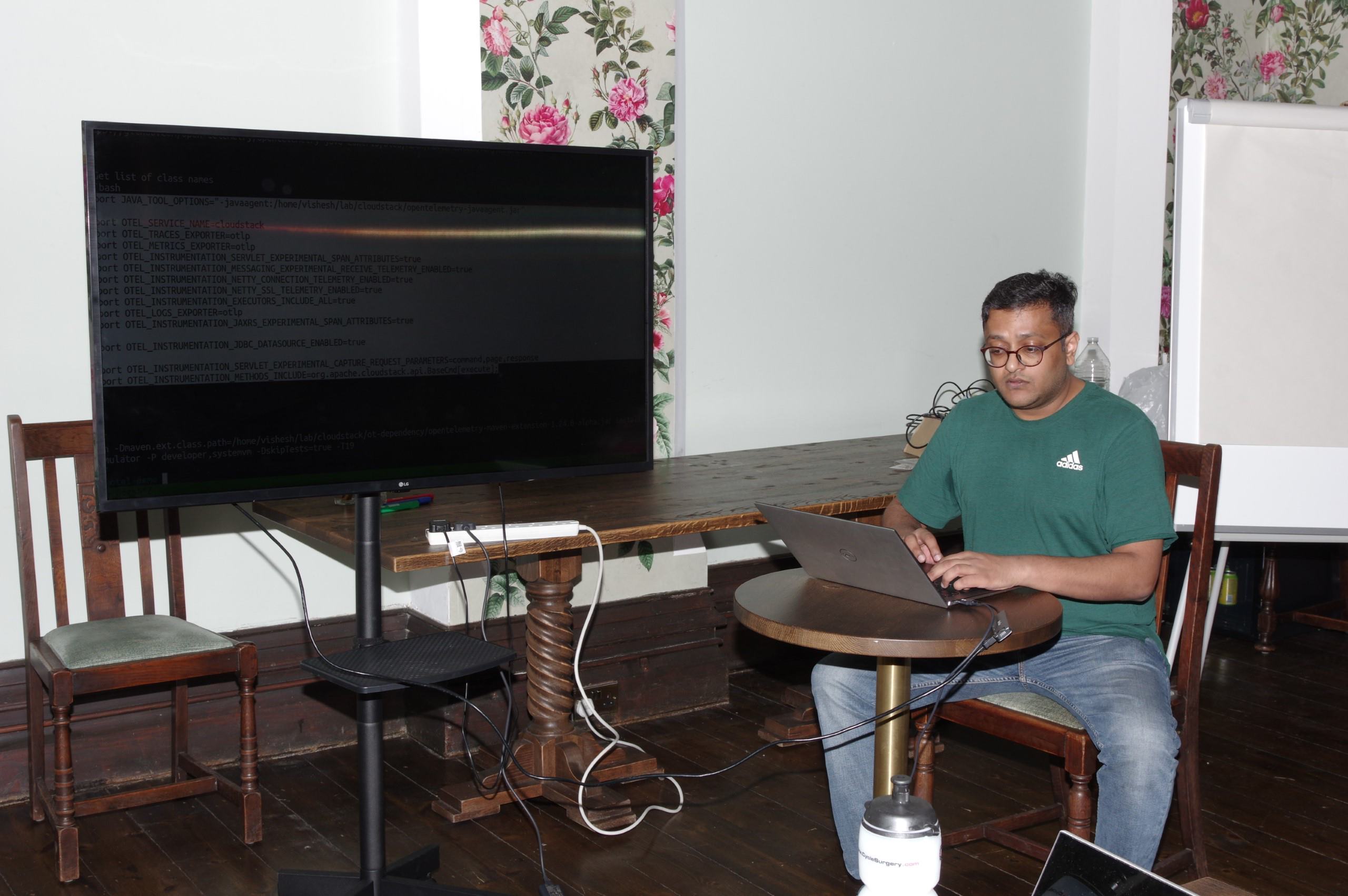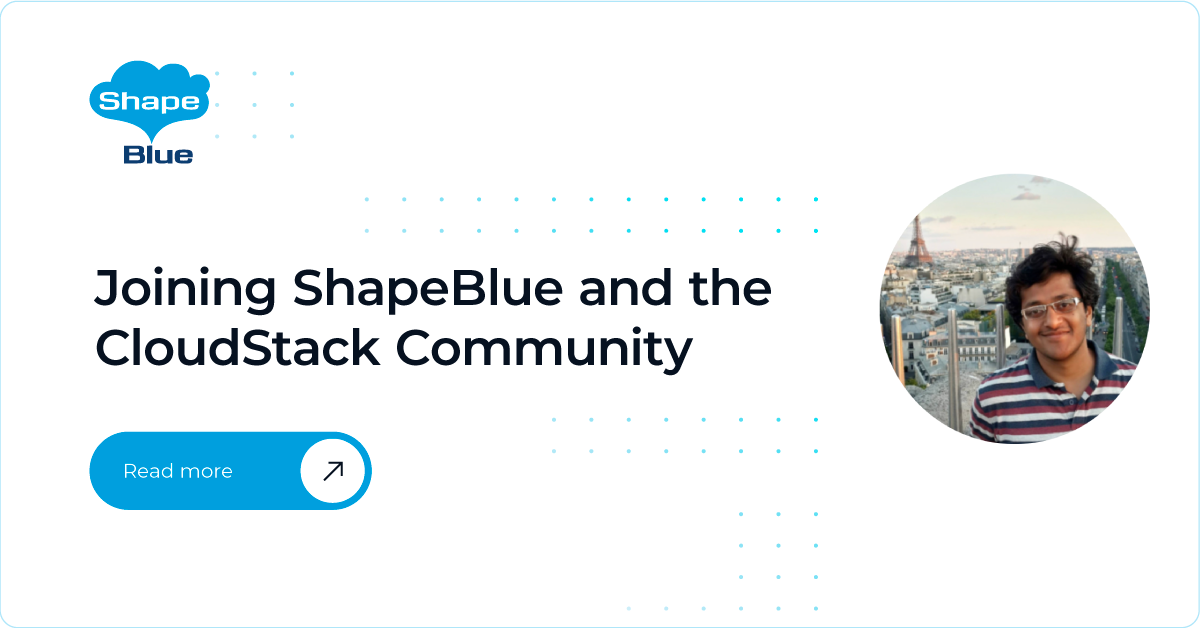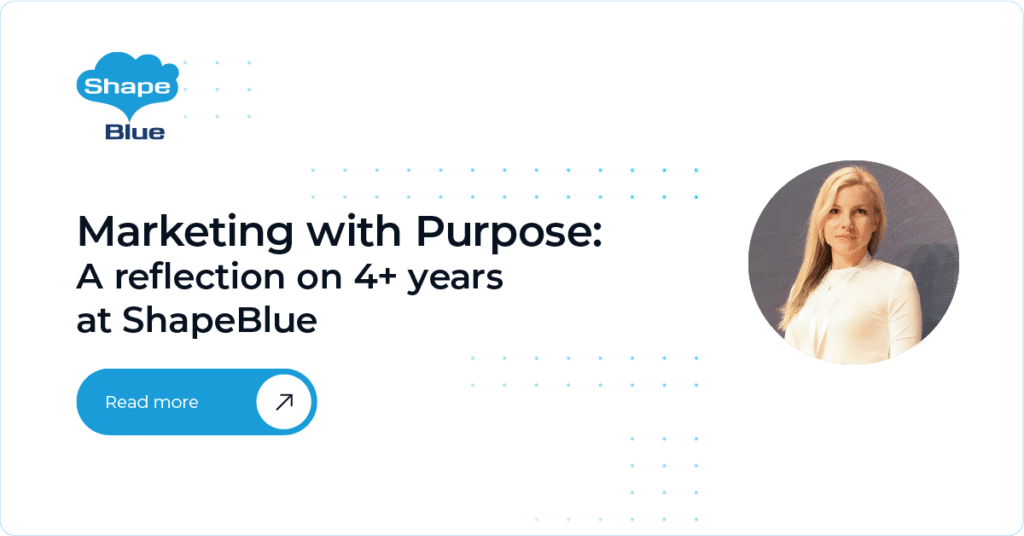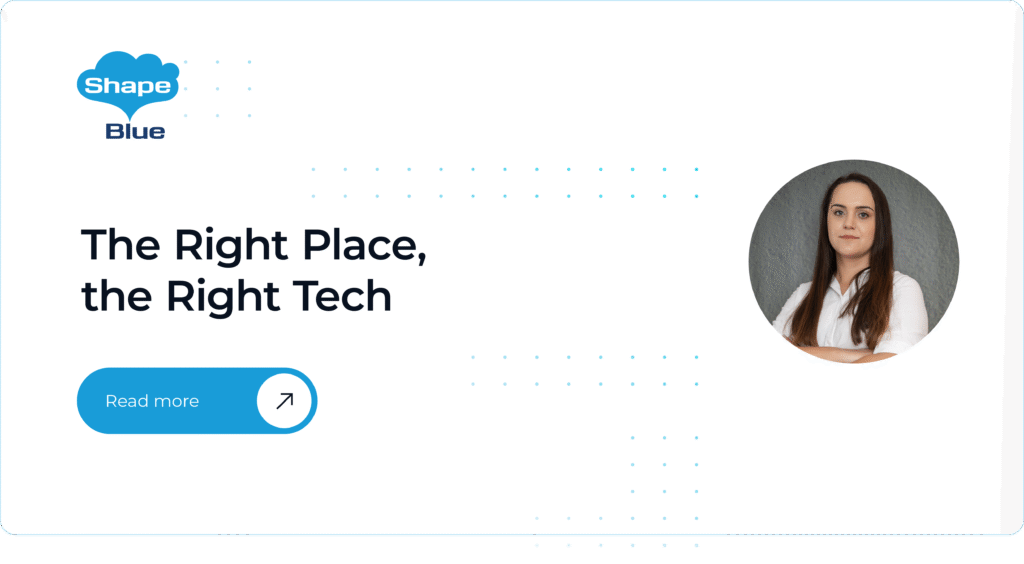 Hello! I am Vishesh, currently based in Gurugram, India. I joined ShapeBlue six months ago, and it has been a valuable learning experience.
Hello! I am Vishesh, currently based in Gurugram, India. I joined ShapeBlue six months ago, and it has been a valuable learning experience.
I started my career back in 2015 with an Indian e-grocery startup Blinkit. I was part of the cloud infrastructure team, responsible for managing the AWS cloud and providing a platform for developers to manage and deploy their applications. While there, I worked with various open-source technologies like Kubernetes, PostgreSQL, Redis, and others. While I followed the open-source communities, I needed more time to participate or contribute.
The Interview
After leaving Blinkit, I took a few months off before my previous mentor introduced me to Rohit. After our initial discussion, I explored CloudStack. While the world is moving towards containers, setting up your own ‘Cloud’ infrastructure to run containers sounded fascinating. It was an excellent opportunity since I always wanted to contribute to open source. So, I had my interview scheduled at ShapeBlue. I took a few weeks to prepare for it since it was my first interview in 7 years, so I was nervous.
I liked the interview process, which differed from traditional DS/Algo rounds. The interview consisted of a 4-hour coding round and a 1-hour talk on a previously assigned topic. A day after the interview, Rohit sent me detailed feedback about my interview. Next was another small round with Giles, CEO. This one was a standard HR round. The entire process took less than a week.
Work at ShapeBlue
For the first two months, I was getting used to CloudStack’s code base by following the hacker book. After completing the hacker book, I worked on a feature to schedule various actions (start, stop, and reboot) on a VM. You can read more about that feature once its blog is published. I faced a few blockers, but everyone here was accommodating.
I have also been working to integrate the Kubernetes cluster created by other tools like Cluster API (CAPI) with the CKS plugin. It will provide a better view of the resources owned by the Kubernetes cluster. And help clean up all resources owned by the Kubernetes cluster. Apart from this, I have been working on removing Powermock from CloudStack’s unit tests.
Team

At ShapeBlue, everyone works remotely from different parts of the world. I hadn’t met anyone earlier, but everyone was very welcoming. We have a weekly call where we all play Drawasaurus, and then we go in order of the rankings from the game to talk about our week. We also have a yearly internal conference, SBCon, where we all get together. We recently met at Bowness on Windermere, which is a beautiful place. It was enjoyable to meet everyone in person.
Conclusion
It’s been an incredible journey for me so far. I’ve learned so much along the way and enjoyed every moment. I’ve had the opportunity to meet some fantastic people and try new things. The best part is that I’m still learning and growing every day. I’m excited to work with the CloudStack community on new and exciting features.
Vishesh Jindal is a software engineer at ShapeBlue. He has experience in developing and managing cloud infrastructure. He has a particular interest in databases and has worked extensively on them.
When Vishesh is not working, he enjoys watching anime, playing DOTA, or working on an open-source project.





